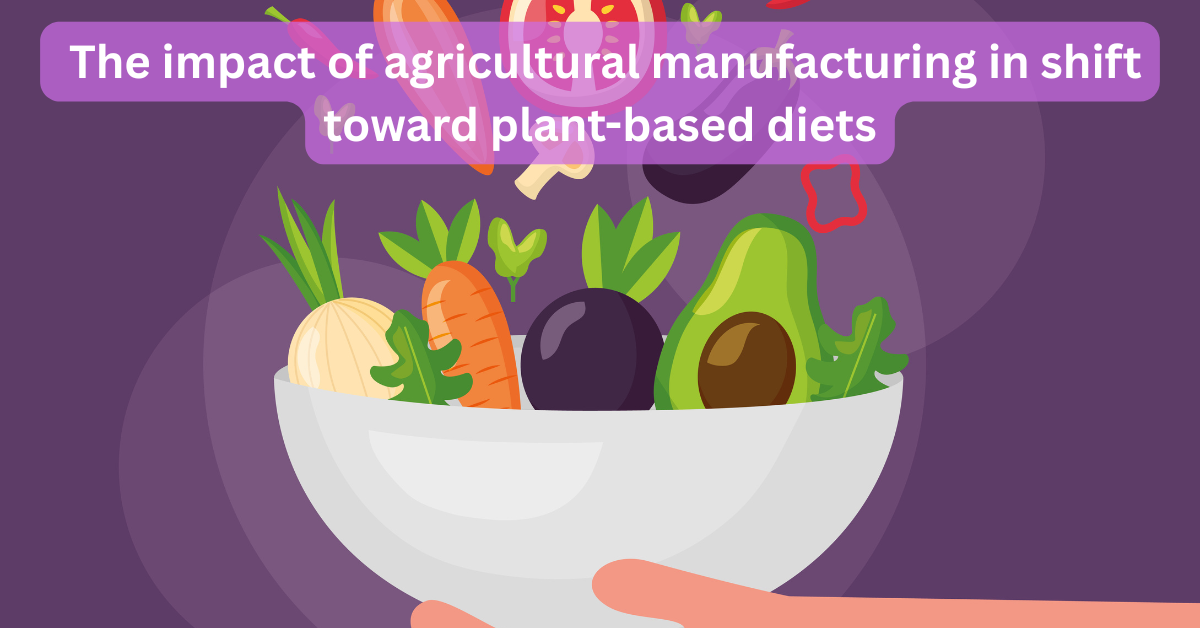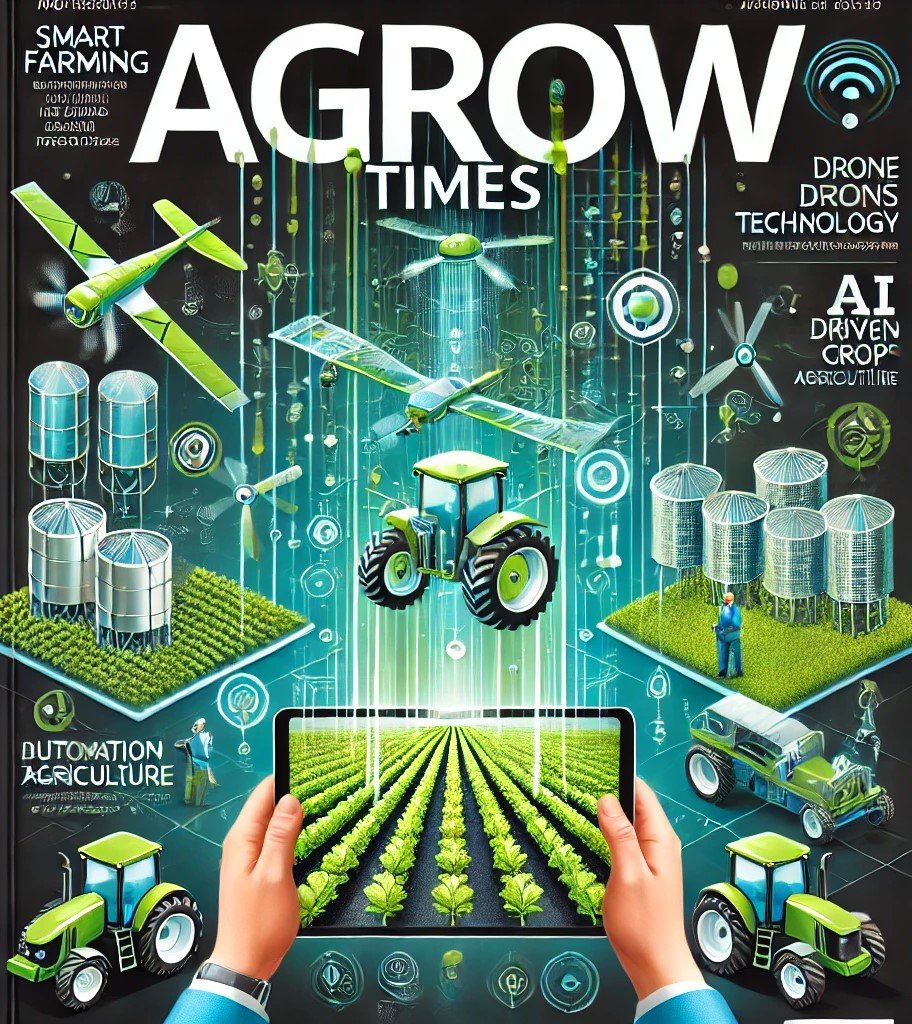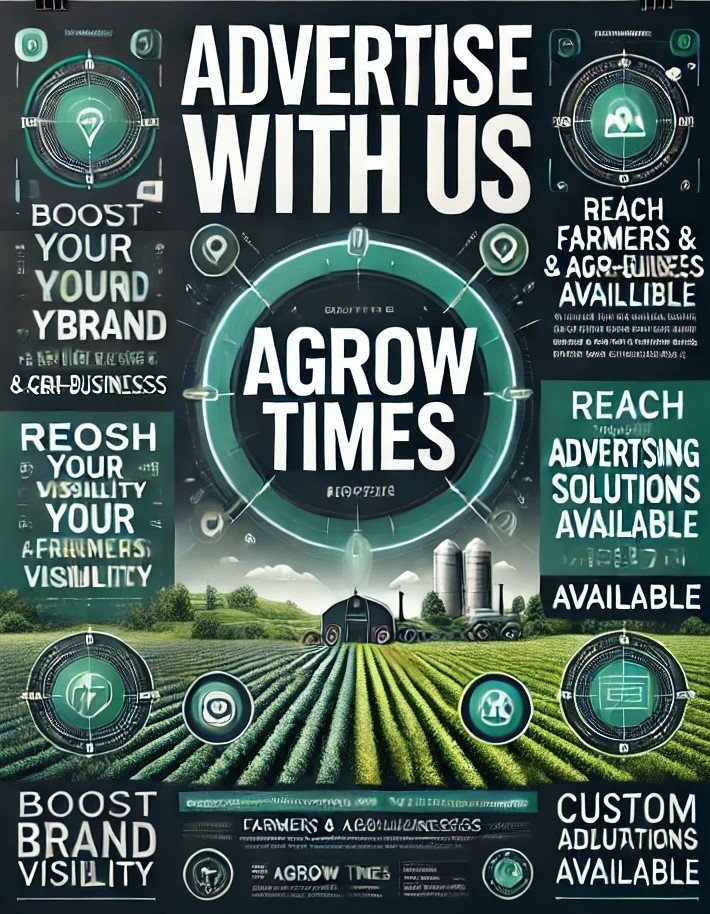The shift toward plant-based diets is expected to significantly impact agricultural manufacturing by altering production processes, supply chains, and market dynamics. Here are the key effects:
1. Increased Demand for Plant-Based Ingredients
- Alternative Proteins: Manufacturers will prioritize the sourcing and processing of alternative protein sources such as soy, pea, chickpeas, lentils, and algae to meet the rising demand for plant-based meat and dairy substitutes.
- Diversification of Crops: The industry will see increased cultivation and processing of crops like quinoa, oats, and millet, which are often used in plant-based products.
2. Innovation in Product Development
- Meat and Dairy Alternatives: The production of plant-based meat, milk, cheese, and yogurt will drive investment in food technology. Techniques like extrusion, fermentation, and cellular agriculture will be central to creating products with taste and texture similar to animal-based foods.
- Functional Ingredients: The use of functional plant-based ingredients, such as thickeners, stabilizers, and flavor enhancers derived from plants, will increase to enhance the appeal of plant-based products.
3. Changes in Supply Chains
- Raw Material Sourcing: Manufacturers will shift supply chains to focus more on plant-based raw materials, requiring partnerships with farmers who specialize in high-demand crops like legumes and grains.
- Local Sourcing: To meet sustainability goals, companies may prioritize local sourcing of plant-based ingredients, reducing reliance on imports and decreasing the carbon footprint of production.
4. Adoption of New Processing Technologies
- Protein Extraction and Isolation: Advanced technologies for extracting and isolating plant proteins will be crucial for creating high-quality plant-based products.
- Food Processing Innovations: Techniques such as cold-pressed methods, enzymatic processing, and extrusion cooking will gain prominence to ensure the nutritional value and palatability of plant-based foods.
5. Expansion of Sustainable Practices
- Focus on Sustainability: The industry will adopt more sustainable practices, such as reducing water and energy consumption in plant-based food production, to appeal to eco-conscious consumers.
- Regenerative Agriculture: Manufacturers may collaborate with farmers to promote regenerative agriculture practices that improve soil health and increase the yield of plant-based crops.
6. Impact on Traditional Animal Agriculture
- Shift in Market Share: As plant-based diets become more popular, the market share of traditional animal agriculture products may decrease, prompting some manufacturers to diversify into plant-based segments.
- Repurposing Infrastructure: Facilities and equipment previously used for animal-based product processing may be adapted for plant-based manufacturing.
7. Consumer Education and Marketing
- Clear Labeling: Manufacturers will need to provide transparent labeling and certifications (e.g., vegan, non-GMO, organic) to cater to plant-based consumers.
- Awareness Campaigns: Companies will invest in marketing campaigns to highlight the health and environmental benefits of plant-based products.
8. Economic Opportunities
- New Markets: The plant-based trend opens opportunities for manufacturers to tap into emerging markets and expand globally, particularly in regions with growing health-conscious populations.
- Job Creation: The shift may create jobs in new sectors, such as plant-based product development, processing, and distribution.
9. Challenges in Scaling
- Supply Limitations: Ensuring a consistent supply of high-quality plant-based raw materials may be a challenge, particularly as demand outpaces current production levels.
- Cost Competitiveness: Manufacturers will need to optimize production processes to make plant-based products more affordable for mainstream consumers.
The transition toward plant-based diets will reshape the agricultural manufacturing landscape, requiring innovation, investment in new technologies, and collaboration across the supply chain to meet changing consumer preferences.









